Nikko Report
| Autumn Color Report 2011 Official autumn color reports by japan-guide.com |
| Guide to Autumn Colors - Schedule of upcoming reports - Post your own report |
| previous post |
| next post |
2011/10/03 - Nikko Report
by schauwecker

Nikko National Park is one of the first places near Tokyo to see autumn colors. And thanks to its wide range in elevation, Nikko offer colors for a long period of over a month. In the average year, the coloring starts in the park's highest elevations by early October, descends to Lake Chuzenjiko during the first half of October and the Irohazaka winding road during the second half of October before reaching the town of Nikko in November.
This year, however, the colors seem delayed by about a week, and green was the predominant color that I encountered on this season's first Nikko report. Note that we plan to return to Nikko twice more over the coming few weeks to report about the ongoing koyo season.
I accessed Nikko from Gunma Prefecture via the Konsei Pass in the very back of the national park. The temperature was barely above the freezing mark at an altitude of 1840 meters when I arrived shortly after sunrise. Despite today's favorable low temperatures, few trees around the pass have started to change their color, and the slopes were still mostly green.
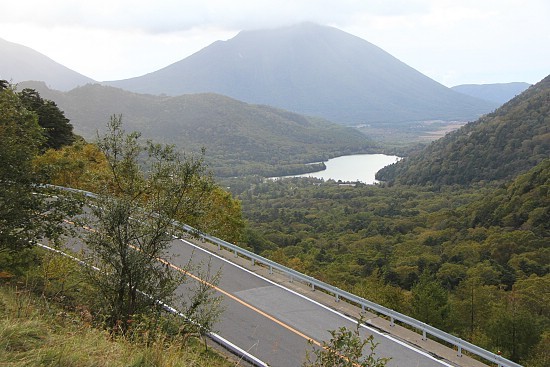
Not surprisingly, green remained the predominant color as I descended the road and passed Yumoto Onsen, Lake Yunoko and the Yudaki Waterfall.
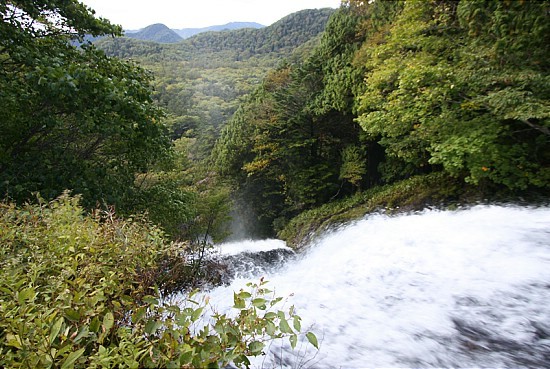
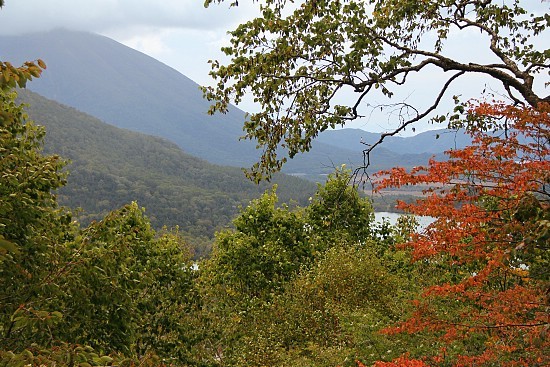
Further down, in the Senjogahara Marshland, the grass had turned into an autumnal yellow and together with scattered colorful trees provided an idyllic setting for an early autumn hike.
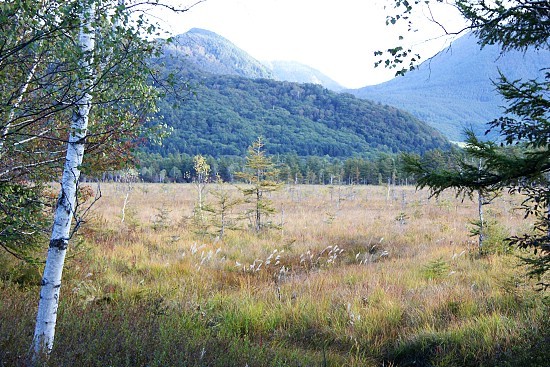
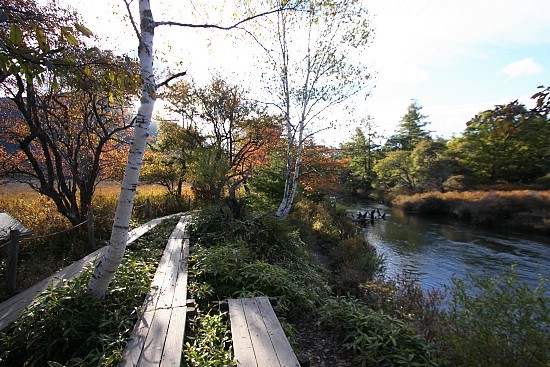
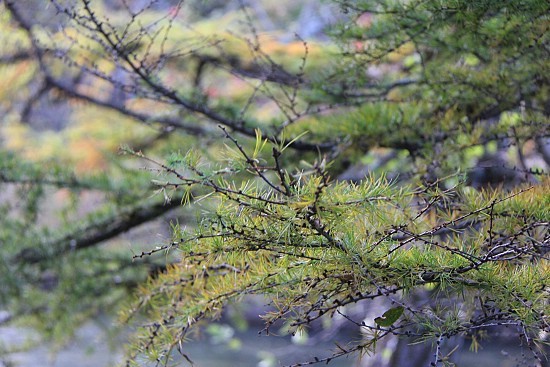
Probably because of their location in a shadowy valley, the trees around Ryuzu Waterfall at the entrance to Lake Chuzenjiko always turn colors a few days ahead of the other trees around the lake. In fact, the area above the waterfall was the most colorful spot of the day with multiple yellow and orange trees along the water. The vegetation around the actual waterfall has also started to color, although it is still mostly green. Ryuzu Waterfall should be at its best in about two weeks.
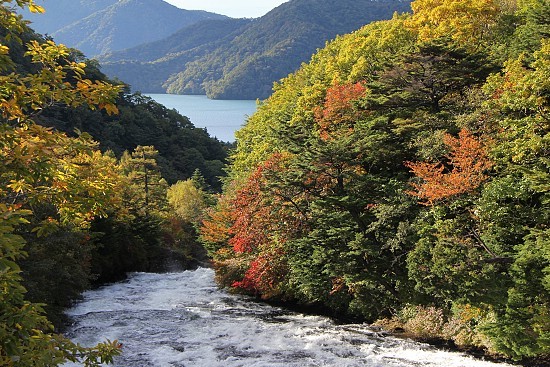
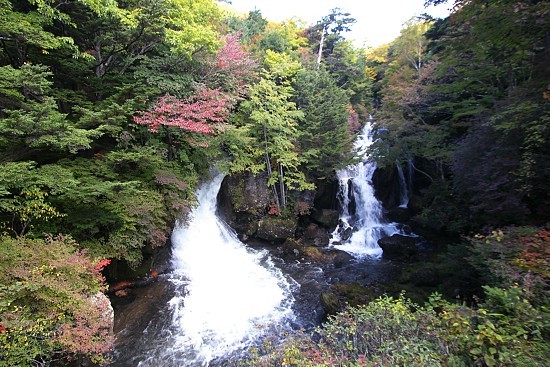
The rest of the descent into Nikko town - Lake Chuzenjiko, Kegon Waterfall and the Irohazaka winding road - provided still mostly green colors as expected.
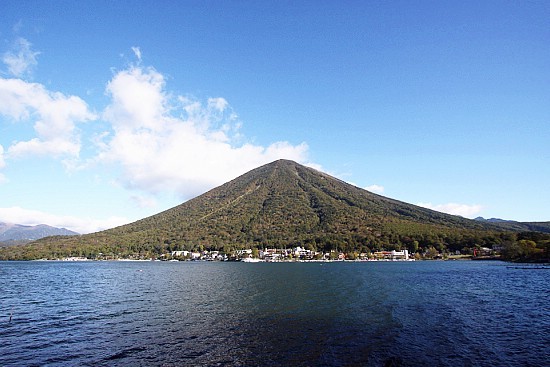
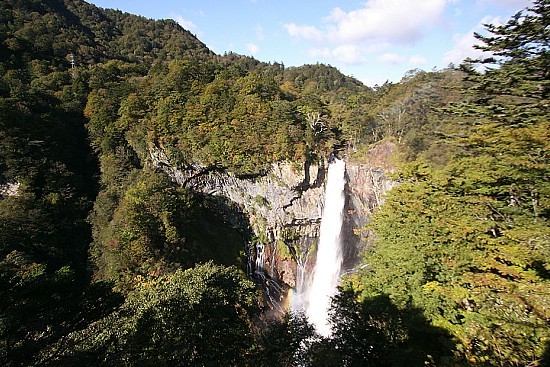
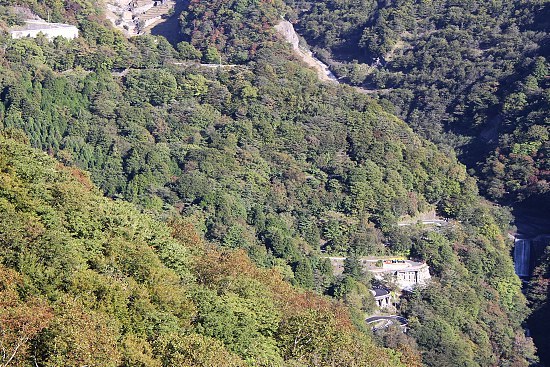
The town of Nikko itself, with its well known shrines and temples, is dominated by evergreen trees and not as famous for autumn colors as the higher Okunikko Region that I had just visited. Furthermore, the seasonal colors do not usually peak here until November. Nevertheless, I visited Shoyoen, a small Japanese strolling garden next to Rinnoji Temple, one of the town's best koyo spots. Some of the garden's maple trees have already changed slightly yellowish, but the peak of their autumnal beauty is still several weeks away.
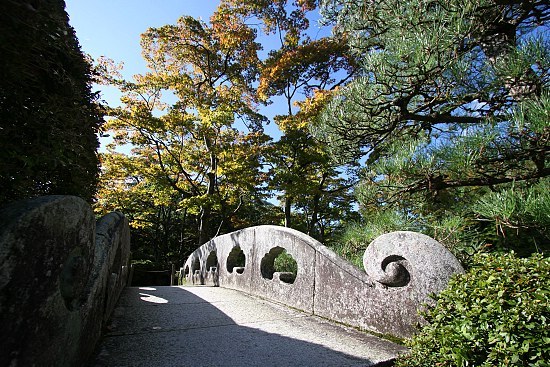
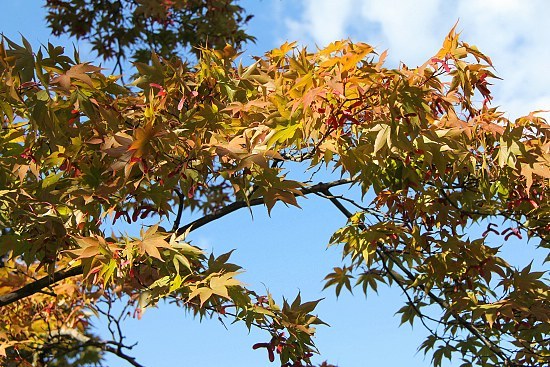
While in town, I also checked the renovation works that are ongoing at Toshogu and Rinnoji, the town's main shrine and temple. Both complexes are undergoing major, decade long repair works to get the old wooden buildings in shape to withstand the elements and tourist crowds for another century or so.
Renovation works on Rinnoji's large main hall, the Sanbutsudo, started in 2009 and are scheduled to be completed in 2021. During the process, the hall is covered by a large scaffold structure and will be largely disassembled, repaired and reassembled. Despite the works, tourists can still view the temple's main objects of worship, the three large wooden statues of Amida Buddha and two Kannon Bodhisattvas.
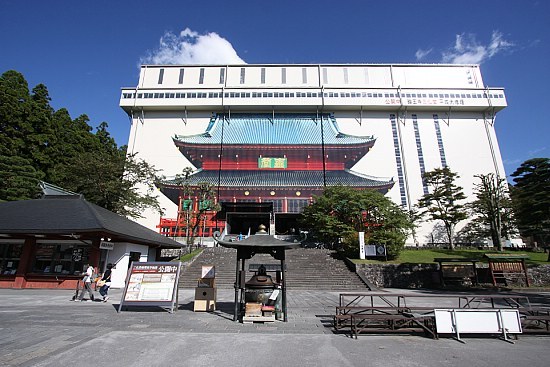
Additionally, visitors to Rinnoji can now also access an observation deck on the 7th floor of the scaffold structure and view onto the hall as it is being renovated. To my surprise, however, they are asked to pay another 400 yen to do so.
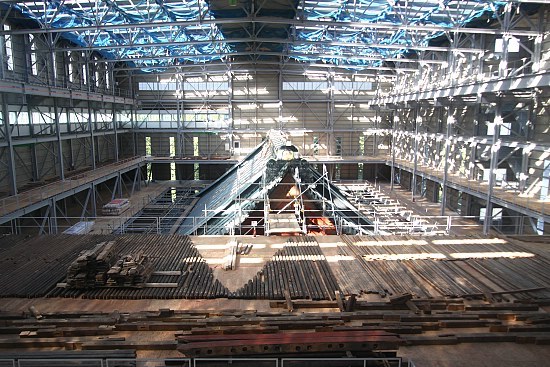
The renovation works at Toshogu Shrine have a considerably smaller impact on visitors than the ones at Rinnoji - at least for now. The renovations have been ongoing since 2007 and will last until 2019. However, only one of the shrine's numerous buildings is usually being renovated at a time, leaving tourists with lots of other attractions to see.
Currently, the shrine's main hall (haiden and honden) is covered up and being renovated, while tourists are still able to enter the building. I found the works to have very little impact on a visit to the shrine now. But that may change after 2013, when the Yomeimon Gate, the shrine's central and most famous structure, is scheduled for renovation.
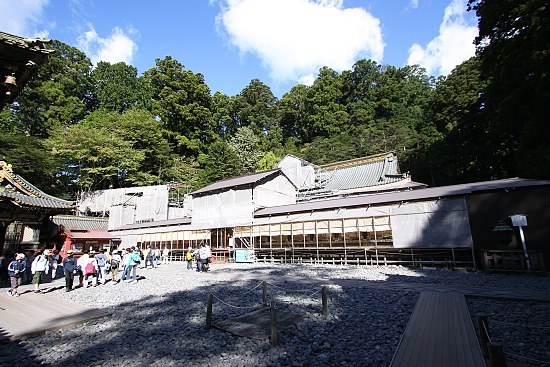
| previous post |
| next post |
|
List of Posts:
2011/12/13 - Tokyo Report 2011/12/08 - Kamakura Report 2011/12/05 - Tokyo Report 2011/12/02 - Kyoto Report 2011/12/01 - Nara Report 2011/11/30 - Kyoto Report 2011/10/27 - Nikko Report 2011/09/27 - Norikura Report |
Questions? Ask in our forum.